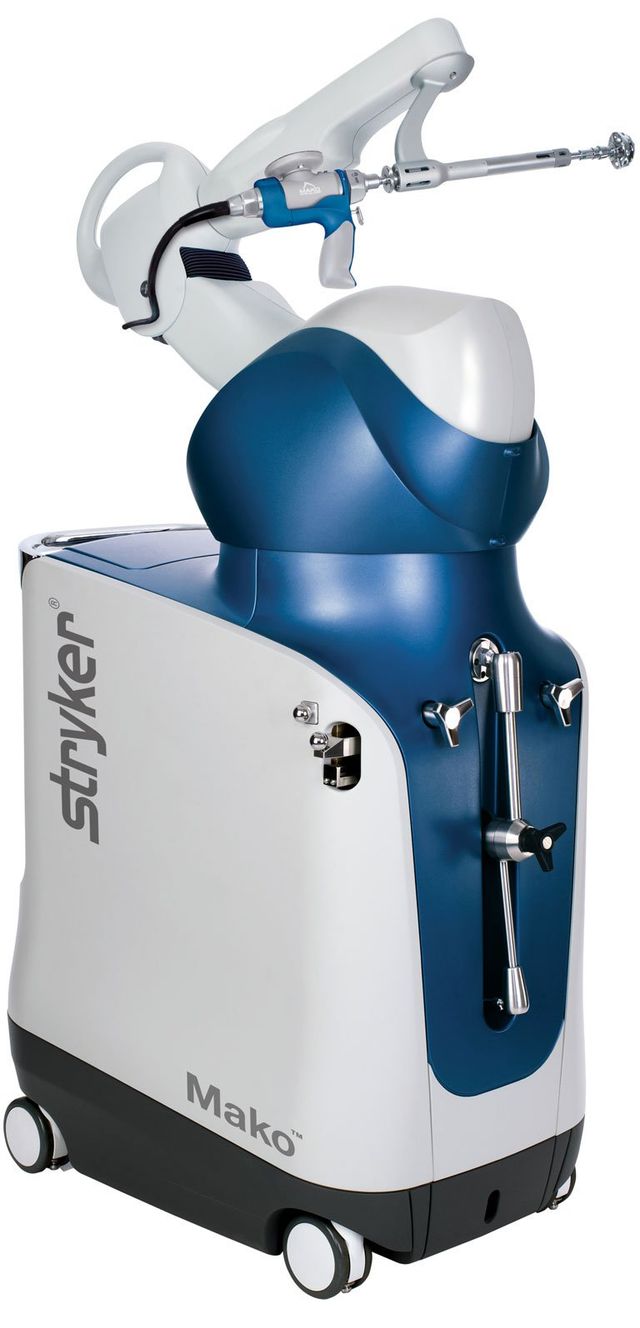The hip joint is one of the largest and most important joints in the human body. It bears our body weight, allows us to walk and run, and stabilizes us while we stand. As a major weight-bearing joint, the hip also undergoes a tremendous amount of wear and tear throughout our lives.
Like many other joints on the body, the hip is vulnerable to the effects of inflammatory arthritis and injury.
What Causes Hip Joint Pain?
The hip joint is a ball-and-socket joint between the femur (the ball) and the acetabulum (the socket) of the human pelvis. These bones are covered with articular cartilage, while the joint itself is encased in a lining called the synovium. The synovium produces fluid that helps lubricate joint cartilage and enable painless movement.
The most common cause of hip joint pain is osteoarthritis–the wearing away of the cartilage that cushions the bones during movement. Osteoarthritis typically occurs in older individuals, but it can also affect younger people who have experienced joint injuries.
Obesity can also contribute to arthritis in the joints.
Common Treatments for Hip Osteoarthritis
There are several treatments for arthritis-related hip pain:
- NSAIDs (Non-Steroidal Anti-Inflammatory Drugs)
- Corticosteroids
- Physical Therapy
- Lifestyle Changes (reducing high-impact exercise, losing weight, etc)
- Assistive Devices (walking cane, walker)
Unfortunately, arthritis pain typically gets worse over time. As the disease progresses, many individuals with hip arthritis seek more effective and permanent treatments for their pain.
Total hip arthroplasty is often recommended for people with severe arthritis that hasn’t responded to traditional treatments.
What Is Total Hip Arthroplasty?
A total hip replacement is a surgical procedure that replaces the damaged components of a hip joint with metal or plastic prostheses.
Since the first hip replacement was performed in 1960, medical developments and new technology have greatly increased the success rate of these surgeries. Today, the majority of hip replacement surgeries are successful.
Total Hip Arthroplasty Recovery Time
The average hospital stay for a total hip replacement is 2-3 days. Some patients are discharged home after surgery, while others may be sent to a rehabilitation facility to recover.
Total recovery time for a total hip replacement depends on a patient’s diligence in his or her recovery program. Patients who are dedicated to physical therapy and follow-up care can typically resume most normal activities within 12 weeks after surgery.
Mako® Robotic-Arm Assisted Technology
We are dedicated to providing the very best in surgical techniques and practices.
Mako Robotic-Arm Assisted Technology system provides our surgeons with 3-D printed models of each patient’s hip before surgery. This allows us to create a detailed preoperative plan for each surgery using the patient’s unique anatomy. It also allows us to carefully preserve each patient’s healthy bone.
Mako Total Hip Replacement System

